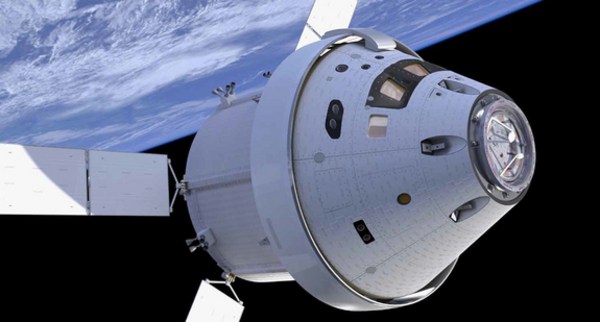The first manned flight of NASA's Orion spacecraft, which is being built to help humanity explore Mars and other distant destinations, may be delayed by two years, until 2023, agency officials announced Wednesday.
Orion's first crewed sojourn, known as Exploration Mission 2 (EM-2), is officially targeted for launch in August 2021. But after conducting a thorough review of theOrion program last month, NASA is now acknowledging the possibility of a delay for EM-2, saying the liftoff will occur "no later than April 2023."
Engineers and technicians are still working toward the August 2021 goal, but hitting that target is unlikely, said NASA Associate Administrator Robert Lightfoot.

"It's not a very high confidence level, I'll tell you that, because of the history — the things we see historically pop up," Lightfoot told reporters during a teleconference Wednesday (Sept. 16). Such factors include complications arising from the reuse of equipment from flight to flight and software development, he added.
"We're not seeing any issues in those areas, but we have to account for those, because we have a lot of runway in front of us," Lightfoot said.
NASA is developing Orion, which can support a crew of four for up to 21 days, as well as a megarocket called the Space Launch System (SLS) to enable the crewed exploration of deep space. The capsule will get astronauts to space and back to Earth, and it will carry them on missions in Earth-moon space. (Long journeys, such as the trek to Mars, will feature habitat modules for crewmembers to live in.)
No comments:
Post a Comment